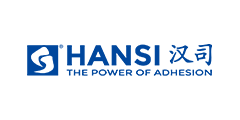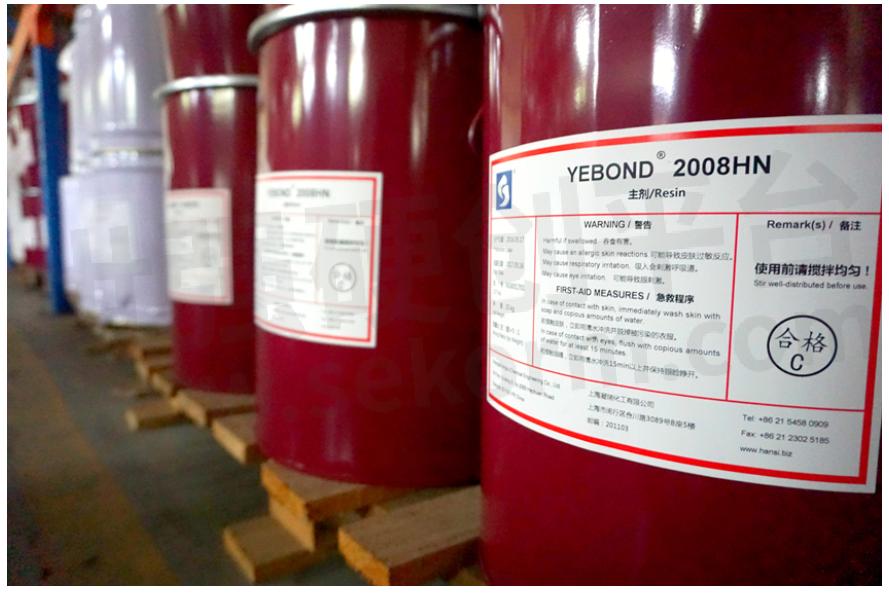Functional Characteristics of Polyurethane Adhesive

polyurethane adhesives refer to adhesives containing urethane groups (-NHCOO-) or isocyanate groups (-NCO) in the molecular chain. Polyurethane adhesives are divided into two categories: polyisocyanates and polyurethanes. In this article, HANSI will introduce the functional characteristics of polyurethane adhesive.
Polyisocyanate molecular chain contains isocyano group (-NCO) and carbamate group (-NH-COO-), so polyurethane adhesive shows high activity and polarity. It has excellent chemical adhesion with substrates containing active hydrogens, such as foam, plastic, wood, leather, fabric, paper, ceramics, and other porous materials, as well as metal, glass, rubber, plastics, and other materials with smooth surfaces.
Polyurethane adhesive is an important part of the rapidly developing polyurethane resin. It has excellent properties and has been widely used in many aspects. It is one of the important varieties of the eight synthetic adhesives.
Polyurethane adhesives have excellent shear strength and impact resistance properties, are suitable for a variety of structural bonding areas, and have excellent flexibility properties.
Polyurethane adhesive has excellent rubber properties and can adapt to the bonding of substrates with different thermal expansion coefficients. It forms a soft-hard transition layer between the substrates, which not only has strong adhesion but also has excellent buffering, reducing shock function. The low-temperature and ultra-low-temperature performance of polyurethane adhesives exceeds that of all other types of adhesives.
Waterborne polyurethane adhesives have the characteristics of low VOC content, low or no environmental pollution, and non-combustibility, and are the key development direction of polyurethane adhesives.
In 1940, German researchers discovered that triphenylmethane -4, 4'-tri isocyanate can bond metal and sodium butadiene rubber, and was used on tank tracks in World War II. After the 1950s, Bayer developed the Esmorhurs series (diisocyanates and polyisocyanates) and the Esmophens series (low molecular weight hydroxyl terminated polyester polyols). According to a certain amount of esmbd and esmoplen can be formulated into Polystal series of goods (two-component solvent-based polyurethane adhesive).
Japan introduced technology from Germany and the United States in 1954, produced polyurethane materials in 1960, and began to produce polyurethane adhesives in 1966. It successfully developed ethylene-based polyurethane water-based adhesives and put them into industrial production in 1981. The research and production of polyurethane adhesives in Japan is very active, and together with the United States and Western Europe, it has become a major producer and exporter of polyurethane.
China developed and produced triphenylmethane triisocyanate (Lechner glue) in 1956, and soon produced toluene diisocyanate (TDD) and two-component solvent-based polyurethane adhesives. In 1966, polyurethane adhesives were put into production and are still the largest production variety in China's polyurethane adhesives. Since the 1980s, many advanced production lines and products have been introduced from abroad, among which a large number of imported polyurethane adhesives are required to be matched with them. Therefore, domestic research units have been promoted to accelerate the development of polyurethane adhesives, especially after 1986. China's polyurethane industry has entered a period of rapid development. In 1994, state officials approved the establishment of the "China Polyurethane Industry Association", which has a "Polyurethane Adhesive Committee", which has become the national polyurethane adhesive technology and information exchange center.
(1)Classification by reaction composition According to the reaction composition, it can be divided into polyisocyanate adhesives, isocyanate group-containing polyurethane adhesives, hydroxyl-containing polyurethane adhesives and polyurethane resin adhesives.
(2)Classification by use and characteristics According to use and characteristics, it can be divided into general-purpose adhesives, adhesives for food packaging, adhesives for shoes, adhesives for paper-plastic composites, adhesives for construction, structural adhesives Adhesives, adhesives for ultra-low temperature, foaming adhesives, anaerobic adhesives, conductive adhesives, hot-melt adhesives, pressure-sensitive adhesives, sealing adhesives water-based adhesives and sealants.
No matter what kind of polyurethane adhesive, the isocyanate group in the system reacts with the substance containing active hydrogen in or outside the system to generate a polyurethane group or polyurea so that the strength of the system is significantly improved to achieve the purpose of bonding.
High-performance waterborne polyurethane adhesives have the following characteristics:
(1)Good water resistance and medium resistance.
(2)High bonding strength and large initial adhesion.
(3)Good storage stability.
(4)Freeze-thaw resistance and high-temperature resistance.
(5)The drying speed is fast, and the film-forming property is good at low ambient temperatures.
(6)The construction technology is good.
To achieve the above points, in addition to synthesizing high-performance waterborne polyurethane, the selection of film formulation assistants is also particularly important.
The synthetic raw materials of polyurethane prepolymers are mainly oligomer polyols and diisocyanates. Oligomer polyols are usually divided into two categories: polyether polyols and polyester polyols. The prepolymers prepared from polyether polyols have good hydrolytic stability, good flexibility and extensibility, and low-temperature resistance. Good; while polyester polyol type prepolymer has large cohesion and high bonding strength.
How to use polyurethane adhesive
Kenuo chemical polyurethane adhesive has the advantages of high solid content, low viscosity, good process applicability, strong adhesion, non-toxic, etc.

- +1 Like
- Add to Favorites
Recommend
- Polyurethane Adhesive Construction Technology
- Huitian 8960S PU Adhesive , Polyurethane Sealant Successfully Implemented at Avtovaz !
- Hansi Introduces Solvent-free, Two-Component Polyurethane Adhesive YEBOND®05GP for Bonding Honeycomb and Corrugated Panels
- Rubber Repair with Polyurethane Coatings
- Polish Door Manufacturer PORTA DOORS Counts on Jowat’s Adhesive Solutions for Over 25 Years
- Additive Manufacturing with Polyurethane: Wevo Solutions for the Textile Industry
- Jowat Biobased Hot Melt Adhesive Earns USDA Biobased Certification
- Teraoka Polyimide Film Thickness 0.025mm Adhesive Tape: Breakdown Voltage Can Reach 9.0kV
This document is provided by Sekorm Platform for VIP exclusive service. The copyright is owned by Sekorm. Without authorization, any medias, websites or individual are not allowed to reprint. When authorizing the reprint, the link of www.sekorm.com must be indicated.





























































































































































































































































































































































































































































































































































































































































































































































































































































































